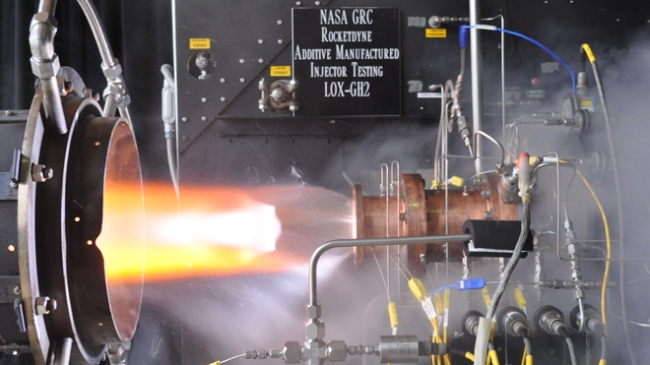3D printing, the sexy umbrella term for additive manufacturing, is currently hyped in the media, as is the relationship between 3D printing and copyright. This article is intended to address issues around copyright and 3D printing and set the record straight as far as possible.
There is nothing special about the way copyright principles apply to 3D printing. They apply here the same as they apply to anything. The significance of copyright to 3D printing, or of 3D printing to copyright, lies in the potentially widespread personal manufacturing of copyrighted objects independent of established markets in ways that cannot be detected, prevented or controlled. I call this “3D printing away from control.”
Copyrightability
3D printed objects are copyrightable to the same extent as their counterparts made by traditional methods. Copyright applies in three basic areas of 3D printing: 3D objects, CAD files of 3D objects and software. Only the non-functional and original aspects of an object can be copyrighted. If the object has at least a small amount of artistic authorship original to the creator, that authorship is copyrightable. The originality requirement is low but not nonexistent, and probably must come from a human creator, not a machine. This means that creative objects, such as action figures and some toys, are copyrightable. This also means that for CAD files to be copyrightable, they must either be created by a person from scratch, or modified by a person from a pre-existing CAD file. This also means that CAD files created by 3D scanners are probably not copyrightable. See Meshworks, Inc. v. Toyota Motor Sales USA, Inc., 528 F.3d 1258 (10th Cir. 2008). This is probably true of scans of functional objects and may also be true of scans of copyrighted objects, but this is less certain (in my view, just as a photo of a copyrighted object may be copyrightable, a CAD file could be too). No one will really be certain until courts address these issues.
The big copyright winners in 3D printing could be software, including software for design, scanning, manufacturing and machine control, streaming of CAD files, file authentication and security, digital rights management (DRM), and file management. Although the courts have tended for many years to lean against strong copyright for software (infringers seem to fair better in litigation than software copyright owners), 3D printing-related software is likely to provide a substantial economic benefit to the U.S. economy if the courts favor its protection. Of course proponents of open innovation believe the economy may benefit from such software even without copyright protection, but, that is a topic for another day.
Infringement
Copyright infringement principles also apply to 3D printing just as they apply elsewhere. If someone copies and distributes a 3D printed copy of a copyrighted object, a copyrighted CAD file or copyrighted software, the copyright owner is likely to sue for infringement. If copies of copyrighted CAD files are posted online, copyright owners may issue DMCA takedown notices and the host will likely comply.
CAD files acquired on the internet may have no indication that they or the objects they define are copyrighted, or the user could mistakenly assume that the file or object is not copyrighted or is copyrighted and authorized, in which case printing an object from the file may be innocent infringement, subject of course to common sense (assuming that a CAD file acquired online for a Harry Potter action figure is not copyrighted would violate common sense).
The challenge for copyright will be widespread 3D printing away from control. As has already happened with peer-to-peer file-shared music, the same may happen with copyrighted objects as home 3D printers become ubiquitous and more and more sophisticated. Although 3D printing copyrighted objects at home (or in other ways that are away from control) may be infringement, the copyright will become increasingly impractical or impossible to enforce, and therefore increasingly irrelevant. The same is true for patented and trademarked objects, but that too is a subject for another day.
In her article “Buying a MakerBot Digitizer? 3D Printing scanners Come With Copyright Strings Attached,” Jennifer Bergen hits the nail on the head regarding the likely future of 3D printing copyrighted objects away from control:
Although we don’t necessarily condone it, we have a feeling that if you do end up 3D-scanning something with a unique design, and 3D-printing it for your own use, you’ll probably be okay as long as you don’t share the digital file online. You may want to avoid taking photos of the object and posting it on Instagram, too, just to be safe.
Is there a solution? Maybe not. DRM is an unlikely candidate. Proposals to stream CAD files that vanish after printing do not account for scanning and P2P file sharing away from control. The best hope may be iTunes-like models for copyrighted CAD files, which make 3D printing a legal copy sufficiently easy and economical.
 By John Hornick
By John Hornick



